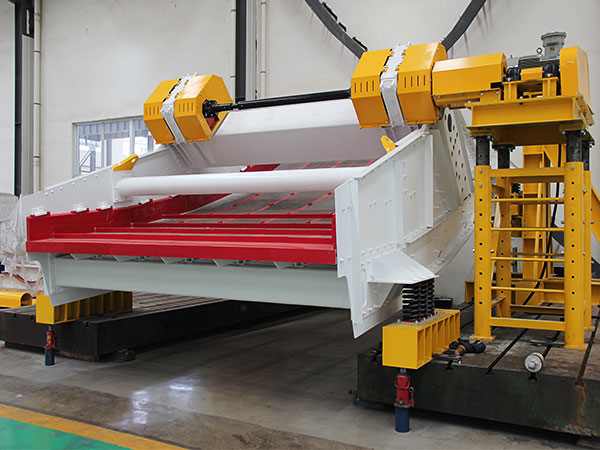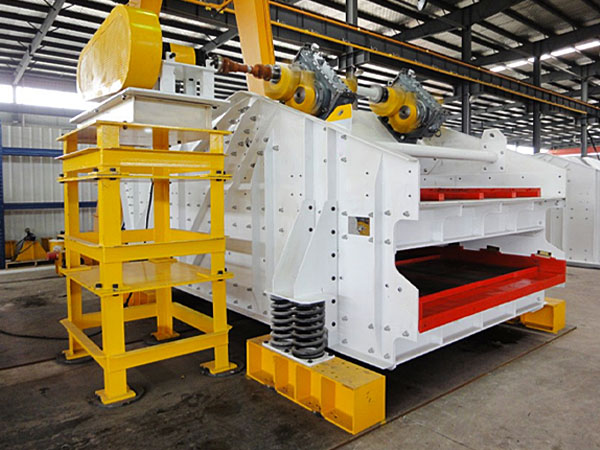Vibrating Screen Design Calculation: Key Parameters Explained
In modern industrial production, the vibrating screen plays a vital role as an efficient screening and grading equipment. It is widely used in mining, metallurgy,construction materials, and chemical industries. The main purpose of a vibrating screen is to separate materials by particle size, ensuring higher product quality and production efficiency.
However, achieving optimal screening performance depends heavily on accurate vibrating screen design calculations. This article explores the key design parameters that influence screening efficiency and capacity, helping engineers and manufacturers better understand how to optimize their vibrating screen performance.
Vibrating Screen Design Calculation
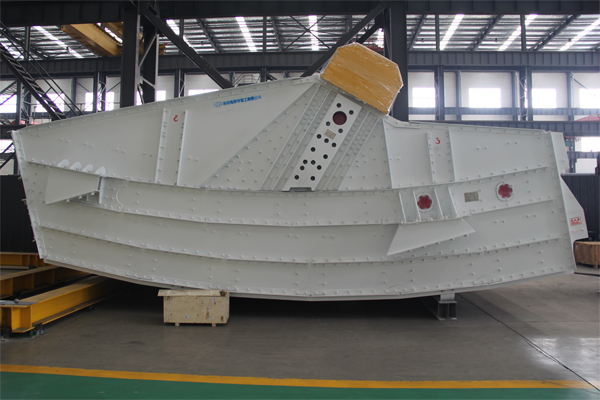
1. Screening Efficiency
Screening efficiency is one of the most important indicators to evaluate vibrating screen performance. It represents the percentage of undersized particles (smaller than the screen aperture)
that successfully pass through the screen during operation. A higher screening efficiency means a more effective separation and less material loss.
Factors Affecting Screening Efficiency:
Material properties: Particle size distribution,moisture content, stickiness, and bulk density.
Screen surface: Aperture size, shape, open area, and inclination.
Vibration parameters: Amplitude, frequency, and vibration angle.
Feeding method: A uniform and stable feed ensures steady material flow and higher screening accuracy.
Calculation Method:
Screening efficiency can be calculated by sampling the oversize and undersize materials:
Efficiency =Mass of undersize in feed/Mass of undersize in product*100%
2.Throughput Capacity
Throughput capacity (or processing capacity) refers to the amount of material that a vibrating screen can handle per unit time, typically measured in tons per hour (t/h) or cubic meters per hour
(m³/h). This is a key parameter for evaluating production performance.
Factors Influencing Throughput:
Screen area: Larger screening surfaces increase capacity.
Material properties: Density and size distribution significantly impact flow.
Aperture size:Smaller apertures improve accuracy but reduce throughput.
Vibration strength: Proper amplitude and frequency help materials move quickly and spread evenly.
Layer thickness: Both too thick and too thin layers reduce capacity.
Design Considerations:
Capacity is typically estimated using empirical formulas based on screen width, material velocity, and bed depth. Optimization ensures a balance between screening accuracy and productivity.
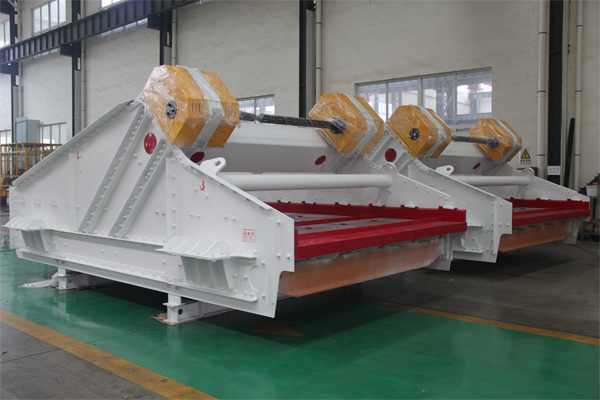
3. Vibration Parameters: Amplitude and Frequency
Vibration parameters are the core of vibrating screen design, directly determining the material’s motion path and screening effect.
Amplitude:The maximum displacement of the screen surface from its neutral position.Proper amplitude promotes effective material stratification and prevents screen blinding. Too low amplitude causes dense material layers; too high amplitude may reduce screening precision or damage components.
Frequency:The number of vibrations per second. Higher frequencies improve fine material penetration but may cause excessive wear and noise.
Design Optimization:
Amplitude and frequency should be chosen based on material characteristics such as density, particle size, and moisture.
Typically:
Coarse, heavy materials → larger amplitude, lower frequency.
Fine, light materials →smaller amplitude, higher frequency.
4. Screen Deck Angle
The screen deck angle (or inclination angle) determines how materials travel across the screen surface. It affects both material retention time and screening speed.
Key Influences:
Material flow velocity: Larger angles increase transport speed but reduce screening accuracy.
Screening efficiency: Smaller angles increase retention time but risk material accumulation.
Material characteristics: Sticky or wet materials require higher inclination for better flow.
Design Range:
In most designs, the screen deck angle ranges from 10° to 35°, depending on material type and screening goals.The correct inclination ensures the right balance between throughput and accuracy.
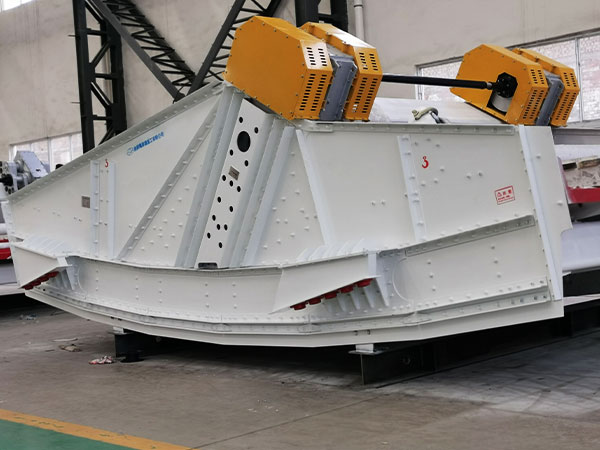
5.Exciter Design
The vibration exciter is the driving force of the vibrating screen. It generates the excitation force that causes the screen body to vibrate.
Key Parameters:
Exciting force: Determined by eccentric mass and rotation speed. It controls the vibration intensity.
Exciter power: Must be properly matched with screen mass and operating load to ensure stable performance.
Design Considerations:
The exciter must be precisely matched to the screen body and vibration parameters.Improper selection may result in under-vibration or excessive vibration,reducing screening performance and
potentially damaging the structure.
Conclusion
Designing a vibrating screen involves a complex system of calculations and parameter balancing.
Factors such as material characteristics,vibration parameters, screen geometry, and exciter design all work together to determine overall performance.
By mastering key parameters like screening efficiency, throughput capacity, amplitude, frequency, and screen inclination, engineers can develop vibrating screens that are highly efficient, durable, and energy-saving.Continuous monitoring, fine-tuning, and optimization during operation are also critical to ensure long-term stability and efficiency.
A well-designed vibrating screen not only improves product quality but also reduces energy consumption and maintenance costs-ultimately contributing to more sustainable and profitable production.

